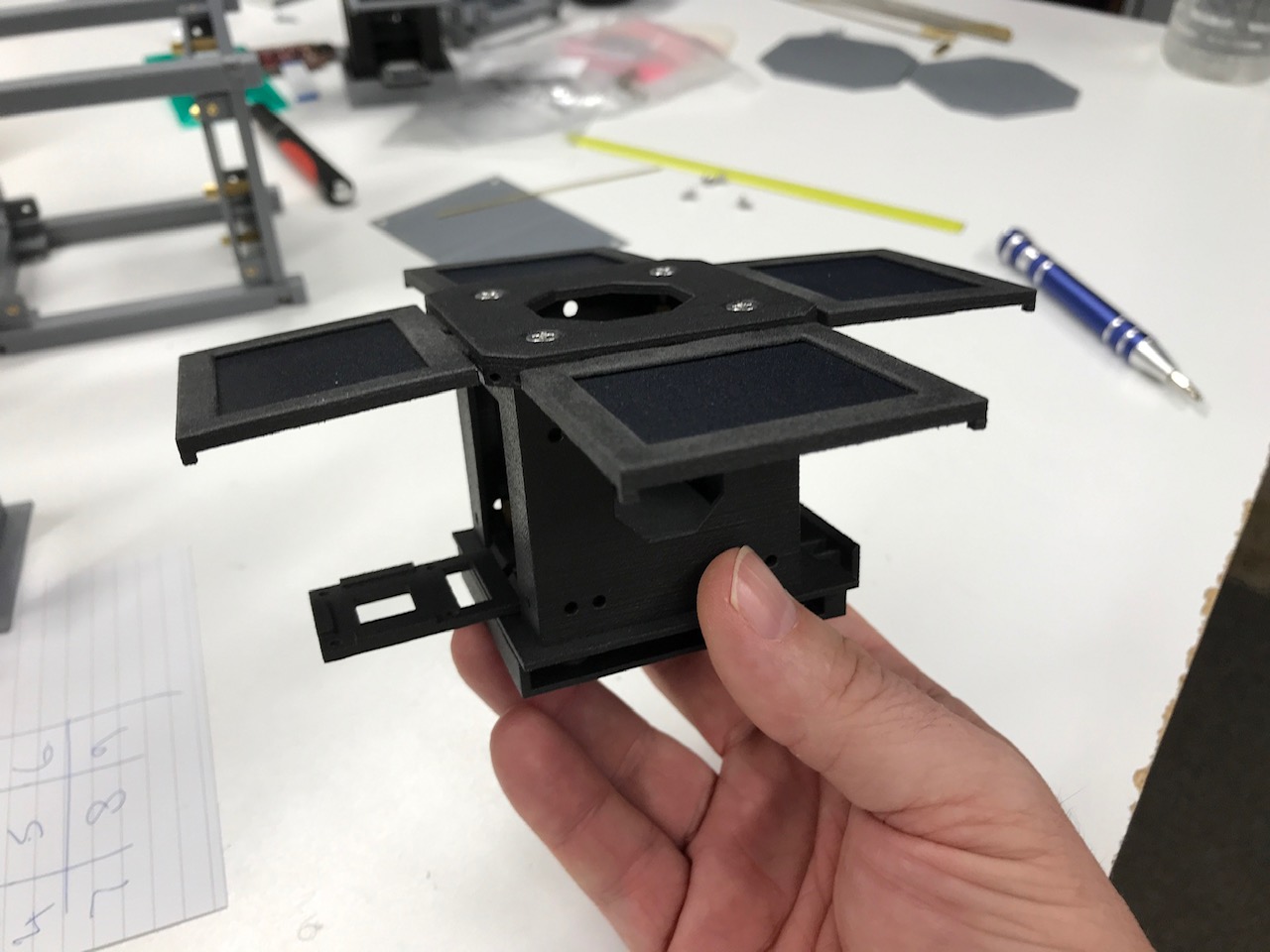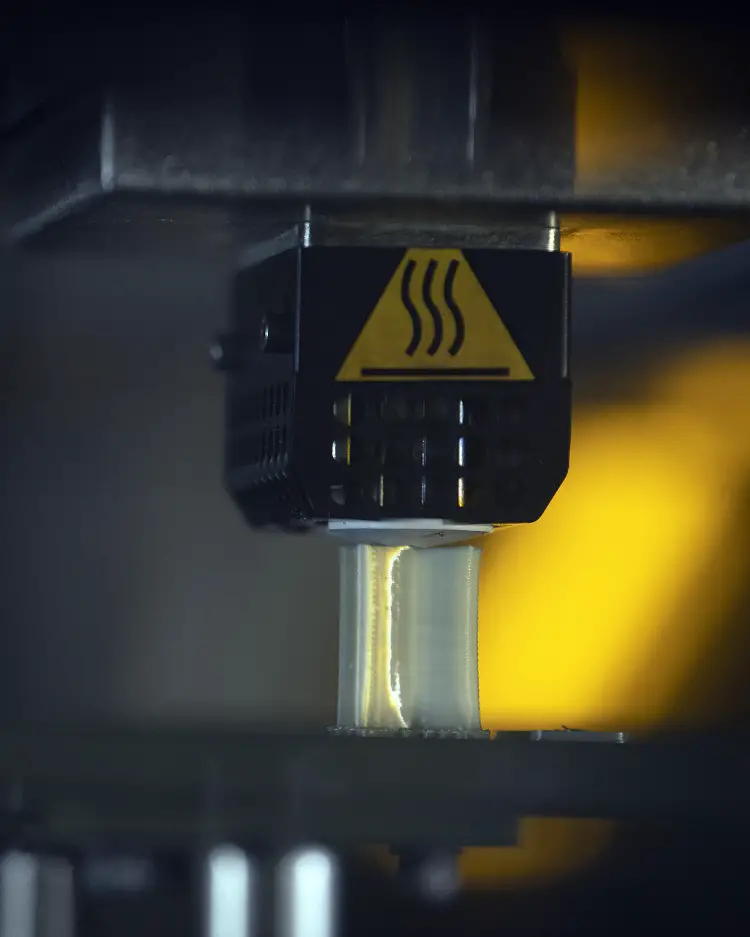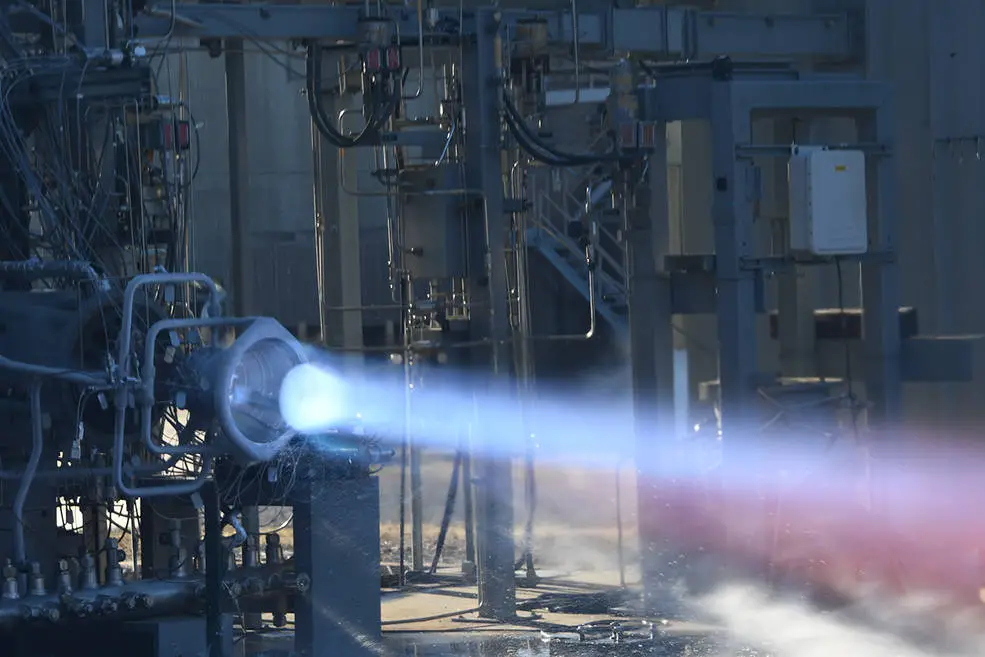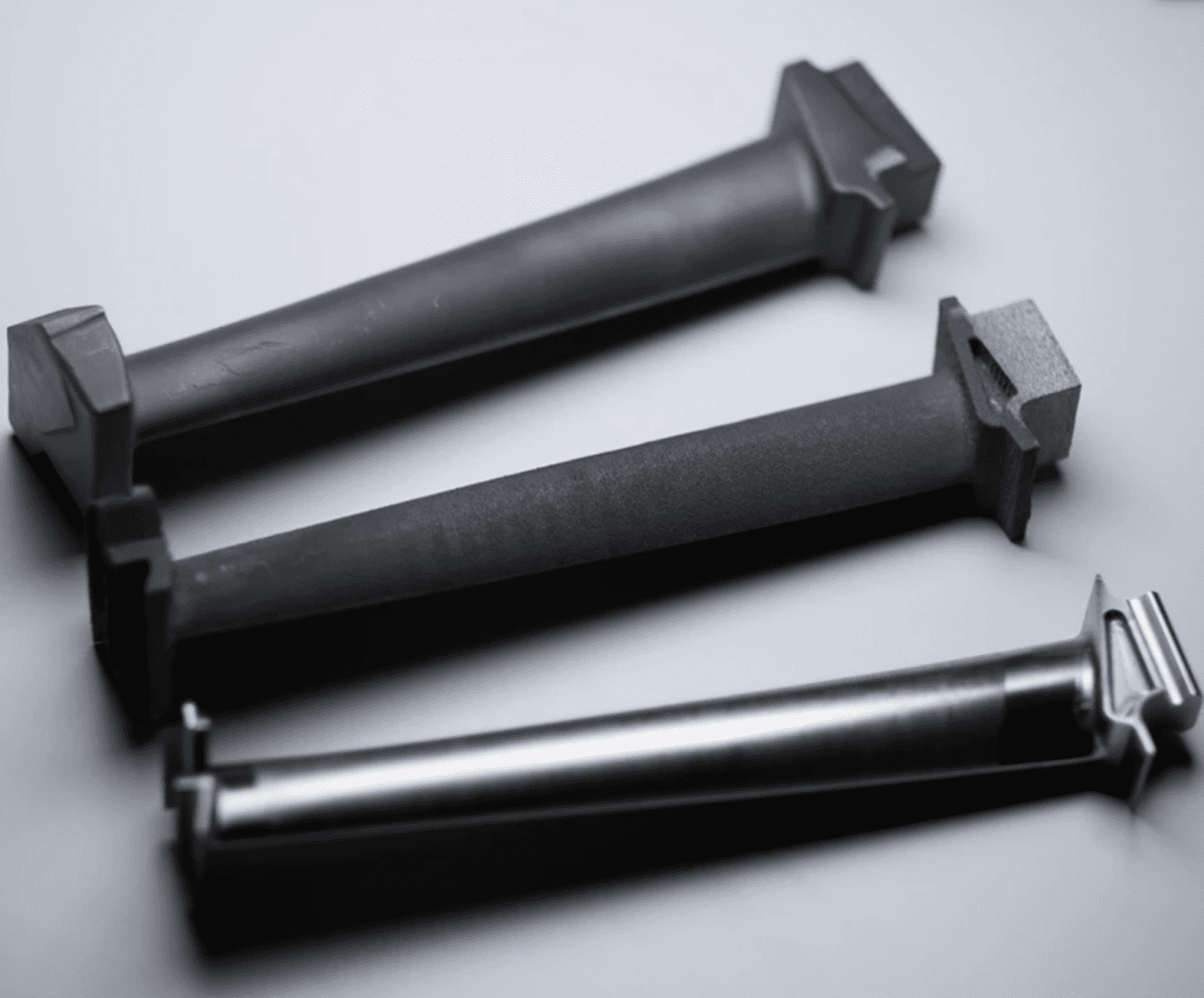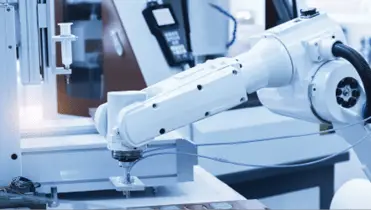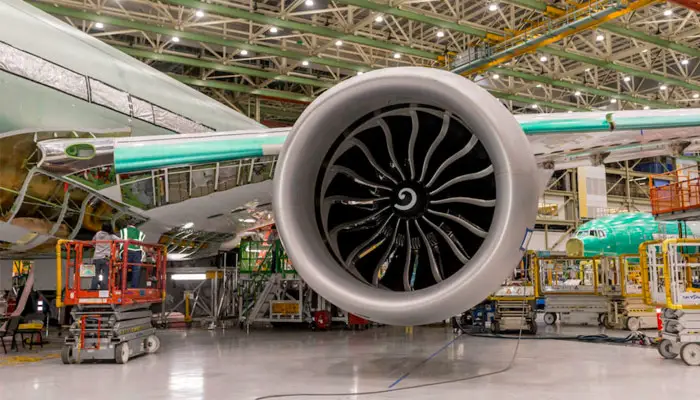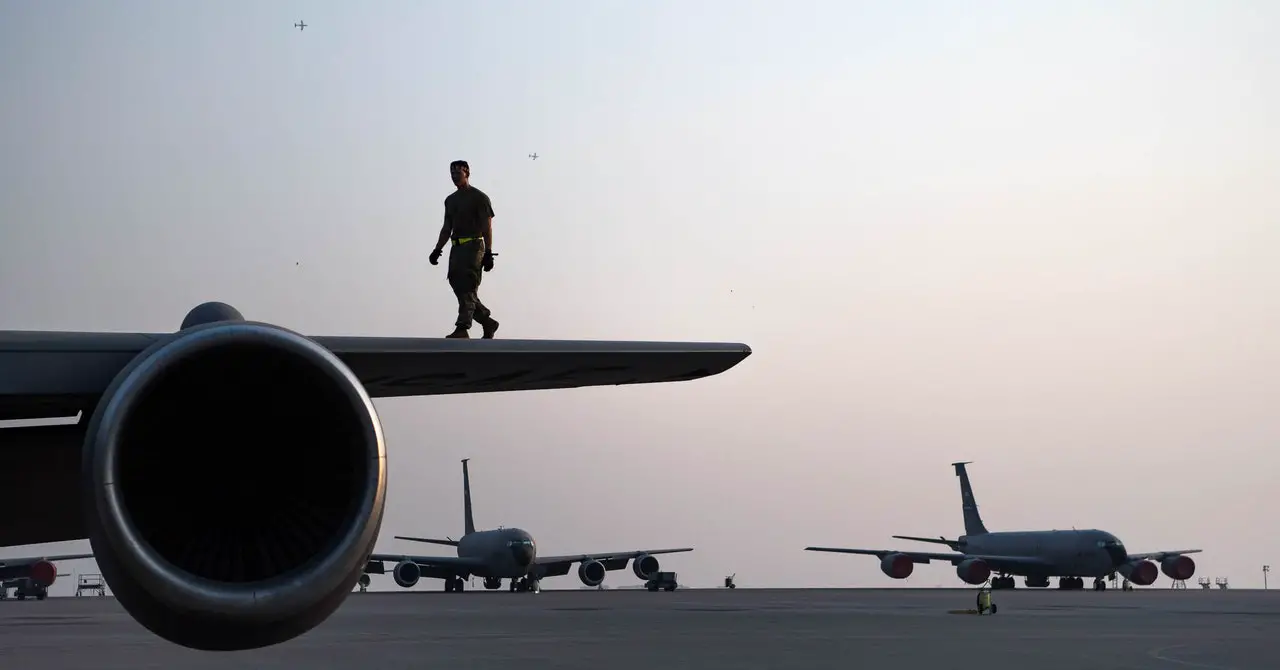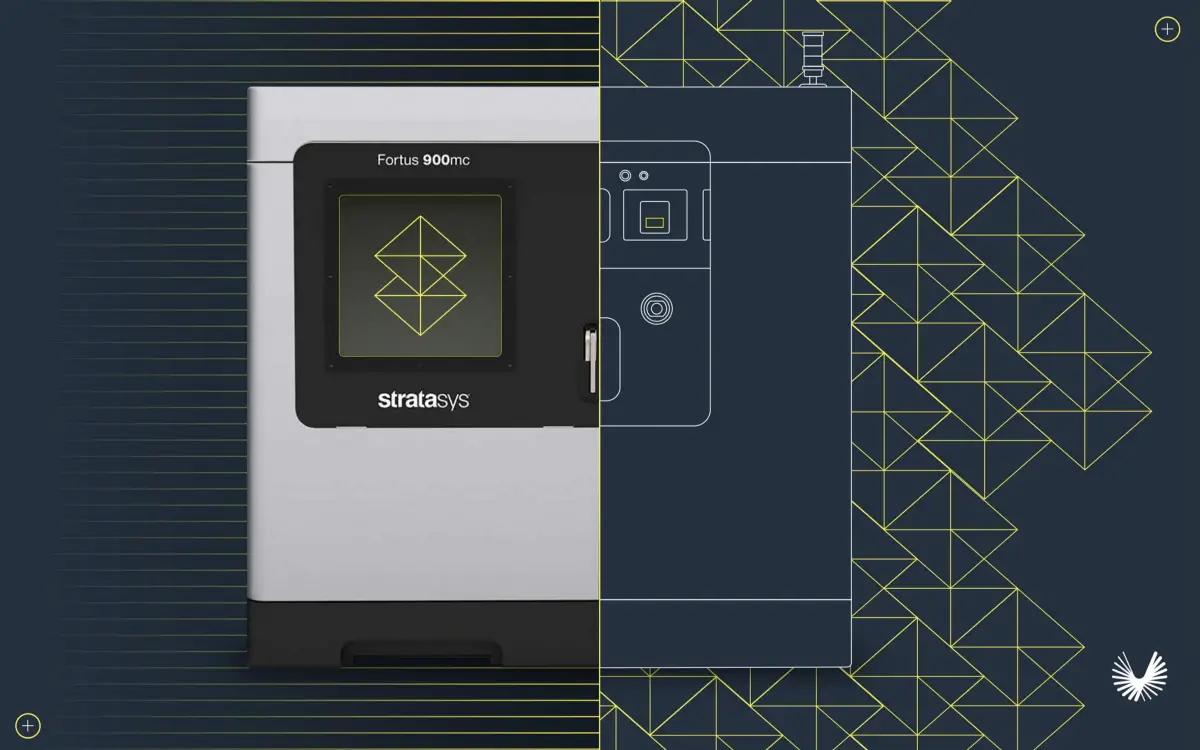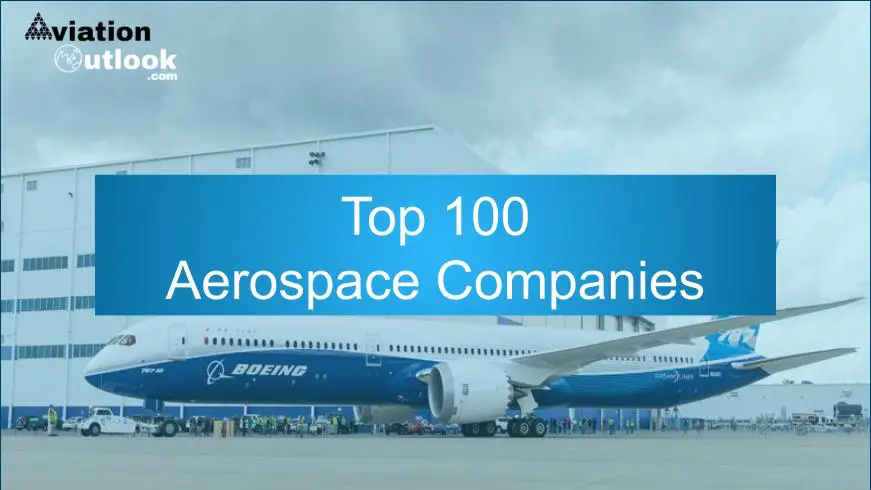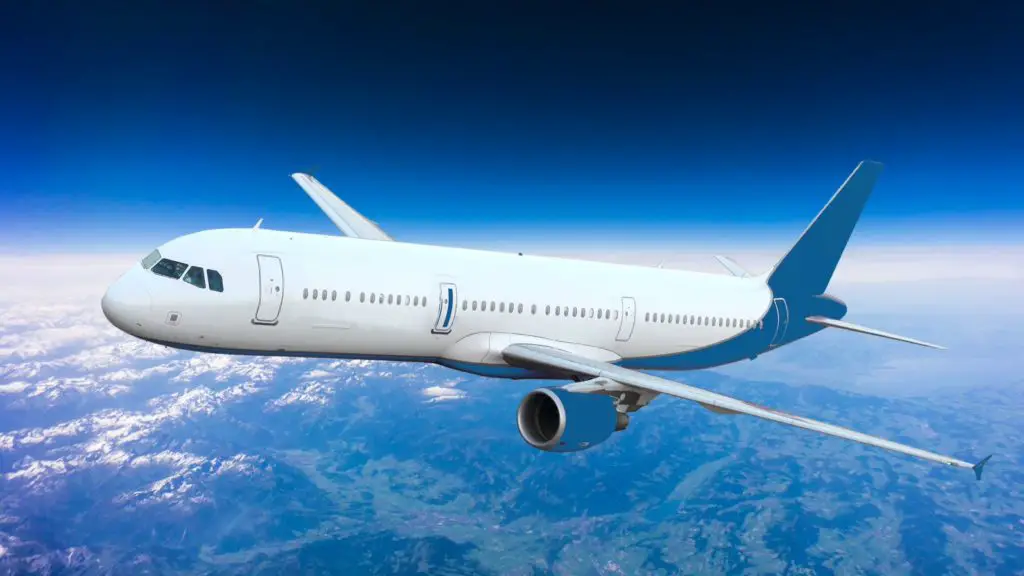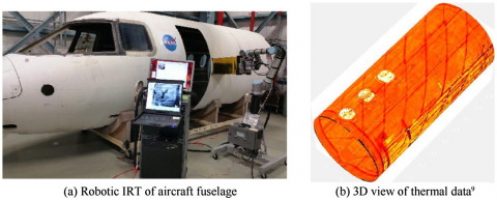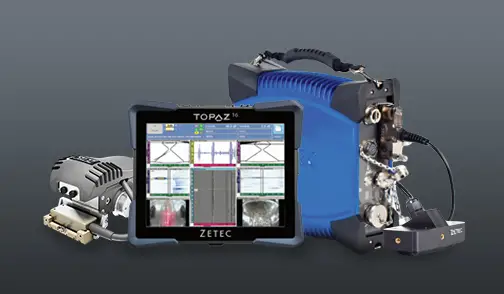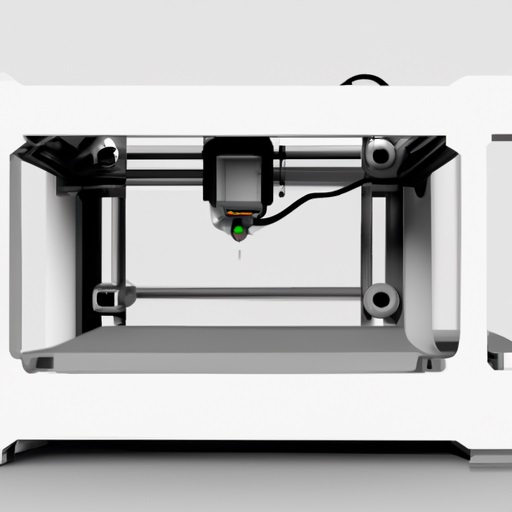
3D Printing in Aviation & Aerospace
3D Printing also known as Additive Manufacturing (AM) is a process whereby a real object of virtually any shape can be created layer by layer from a Computer Aided Design (CAD) model.
3D printing is opposite to the conventional manufacturing methods (e.g., extrusion and injection molding) in which the objects are molded into specific forms, or cut and formed from a block of material.
As opposed to the conventional ‘Subtractive Manufacturing’ that uses cutting, drilling, milling, welding, etc., 3D printing is a free-form fabrication process and does not necessarily require any of these processes.
3D printing is thus an alternative to these conventional manufacturing methods, while also providing cost efficiency and flexibility in production. With 3D printing techniques such as laser sintering, it is possible to produce high-quality industrial-grade complex products.
3D Printing Advantages
- Rapid Turnaround Time from Design to Market
- Lowers Manufacturing Errors
- Cost Savings
- Greater Confidentiality
- Improved Functionalities Through Customized Materials
- Fewer Restraints Regarding Economies of Scale
- Design and Redesign Freedom
- Reduction of Logistics Costs
Benefits of 3D Printing in the Aerospace Industry
The high cost of manufacturing aerospace parts has remained a challenge across the supply chain. However, 3D printing allows the use of different materials, optimized design, flexibility in design and manufacturing, and more energy-efficient processes, which are highly beneficial to the aerospace industry.
A joint study by European Aeronautic Defense and Space Company (EADS) and EOS used Direct Metal Laser Sintering (DMLS) based 3D printing technique for the re-design and production of the Airbus A320 nacelle hinge brackets. By using the optimized design, energy consumption over the whole lifecycle (including the manufacturing and operational phase) of the brackets was lowered by almost 40%.
These 3D printing processes also use only the material needed to build the final component. In the nacelle hinge bracket design, the consumption of raw material was found to be reduced by up to 75% along with a significant reduction in weight when compared to the conventional manufacturing technique.
Another type of 3D printing technique called Laser additive manufacturing (LAM), has also been found to provide two main benefits in aircraft production, cost, and efficiency. In January 2013, China produced the world’s largest 3D-printed titanium component, a 4-meter-long primary load-bearing structure for its COMAC C919 commercial airliner.
LAM was also used to produce a three-meter-long central wing spar for the C919. The technology was also used to manufacture C919’s front windshield frame and a central wing rib. The weight of the 3D-printed aircraft wing rib was found to be only 136 Kg, which is 91.5% less than the conventional 1,607 Kg for the same wing rib when produced using the traditional forging method.
Also, compared to traditional methods of subtractive manufacturing, little scrap or waste is produced by additive manufacturing (3D printing).
In the aerospace industry, such benefits as those provided by 3D printing allow engineers to optimize the weight of many such aerospace products.
Limitations of 3D Printing
There could be certain limitations that Original Equipment Manufacturers (OEMs) might face regarding the 3D printing technology as it has not yet reached the level of wide-scale adoption as compared to other conventional manufacturing techniques.
Also, the lack of industry-recognized standards for the materials, processes, and testing methods could be another obstacle to the wide-scale implementation of 3D printing techniques at present.
The current limitation in build speed and the maximum part size is also one of the challenges. For now, 3D printing best suits products that are highly complex and need customization, for manufacturing in small volumes.
Types of 3D Printing Technology
- Fused Deposition Modeling (FDM)
- Fused Filament Fabrication (FFF)
- Melted Extrusion Modeling (MEM)
- Direct Metal Laser Sintering (DMLS)
- Electron Beam Melting (EBM)
- Selective Heat Sintering (SHS)
- Selective Laser Sintering (SLS) or Melting (SLM)
- Powder Bed and Inkjet Head 3D Printing (PP)
- Laminated Object Manufacturing (LOM)
- Stereolithography (SLA) or SL
- Digital Light Processing (DLP)
Uses of 3D Printing in the Aerospace Industry
3D Printing Aircraft Parts
Boeing already uses hundreds of different 3D-printed parts in its aircraft. One such component is the duct that carries cool air to various electronic equipment in an aircraft.
Some of these ducts have complicated shapes and had to be assembled from several different pieces while using the conventional manufacturing method, resulting in high labor costs. However, the same parts are reported to be successfully made using 3D printing at a cost savings of 25% to 50% per part.
Also, it is very difficult to find spare parts and components for old aircraft models during the MROs. Such rare spare parts are also being 3D printed and are one of the potential markets for the 3D printing industry.
For example, 3D printing was used to build spare parts for leaking toilets on the aging McDonnell Douglas MD-80 jets. The production of these aircraft ceased long ago and it is very difficult to find the specific spare parts. The spare part for the MD-80 jet was 3D printed using aerospace-grade plastic which does not ignite or produce toxic fumes if burned.
A typical F-18 fighter jet also uses several 3D-printed components. A typical F-18 fighter jet contains more than 90 3D printed parts (for example, parts of the cockpit and cooling ducts.
Another aerospace OEM Honeywell is also utilizing 3D printing to build heat exchangers and metal brackets.
In China, 3D-printed parts are being used in the J-15, J-16, J-20, and J-31 fighter jets, the Y-20 transport aircraft, and the C919 commercial airliner.
3D Printing Aircraft Engine
GE Aviation is one of the companies that is actively engaged in the field of 3D printing technology for applications in aircraft engines. In 2012 it acquired ‘Morris Technologies’ and ‘Rapid Quality Manufacturing (RQM)’.
GE Aviation uses 3D printing in the production of its jet engine, the ‘LEAP 56’ to manufacture components such as fuel nozzles, which have a very demanding application in a harsh environment. GE says it saves roughly 50 to 75% in total production cost of such 3D printed parts. It’s mostly the result of savings in material cost, labor, and design time.
GE Aviation aims to produce more than 32,000 complex metal parts annually using 3D printed methods (19 nozzles per engine and 1,700 engines per year).
Pratt & Whitney, another aircraft engine manufacturer, is also using 3D printing to make blades and vanes in compressors inside jet engines.
3D Printing Drone
The flexibility of 3D printing technology for design and redesign has enabled a trial-and-error approach to the design and construction of a drone. One can easily design, 3D print, test, and repeat the process until the desired result is obtained. This possibility has helped save time as well as money.
3D printing allows for the construction of a highly customized drone design to be developed from concept to first flight in days. Construction of a similar small drone using conventional methods and materials, such as composites would normally take months, before the first flight.
Also, since no tooling is required during the manufacturing process, complete changes to the shape and scale of the drone can be made during the design stages at no extra cost.
Even complex aerodynamic structures can be manufactured cost-effectively and quickly from CAD design data using 3D printing technology.
Movable parts like flaps or hinges for example can easily be integrated into the wings or body within a single manufacturing operation.
It has been found that 3D-printed drone components can be lightweight, durable, and fully functional for end users.
Complete designs and production of drone parts using 3D printing technology are already on the verge of becoming a viable industry.
Aurora Flight Sciences Corp. in Cambridge is one of the companies testing 3D printing to build drone parts. The company had built a fully functional drone structure using a commercial, off-the-shelf material called Ultem 9085. The drone prototype weighed only 3.3 lb and was constructed in 58 hours costing less than USD 1,750 to build.
Aurora used FDM 3D printing technique in this project. FDM-based 3D printing does not produce high-grade end products and lags a bit on the modulus-to-weight ratio. However, for small drones, it provides the immense benefit of design freedom, low cost, and less build time.
3D Printing Rocket Parts
As we had earlier discussed that 3D printing technology is highly advantageous when it comes to highly complex but low-volume production as it does not need the setup of specialized plants or expensive molds for such low-volume products.
3D printing has thus been a boon for rocket production which involves highly complex parts but with batch demand for mere thousands.
Nine of the NASA centers are reported to use 3D printing technology. NASA uses nickel-chromium alloy powder in SLS-based 3D printing to build rocket engine injectors.
By using 3D printing, the rocket injectors could be built in only two parts. However, a similar rocket injector manufactured from a conventional manufacturing method consists of 115 or more assembled parts. Fewer parts need less assembly. This along with the reduction in material usage accounts to huge cost savings.
Also, the rocket engine injectors manufactured using conventional methods took months to complete as all different components need to be carefully calibrated and produced to remove the chance of error during assembly. However, with 3D printing, the CAD design could be 3D printed into only two separate builds, and attached together into a full-scale rocket injector.
Future of 3D Printing in Aviation and Aerospace
Although 3D printing technology has been around for more than 30 years, it was mainly used to build models and smaller prototypes.
However, now major companies including Boeing, Airbus, GE, and NASA are already using 3D printing for functional products and are also investing in further research and development.
The aerospace industry is identified to be one of the most promising business opportunities for the application of 3D printing technology. Although there are certain limitations such as the inability for large-scale mass production, it already provides numerous advantages such as weight reduction, reduction in the use of material, ease in the manufacture of complex components etc.
Thus, 3D printing technology can be further improved as it has the potential for much wider implementation in the aerospace industry.
3D Printing also known as Additive Manufacturing (AM) is a process whereby a real object of virtually any shape can be created layer by layer from a Computer ...
A look at how some of the world's biggest aerospace and MRO companies are embracing 3D printing. According to a variety of market reports, aerospace ...
Miniature satellite manufacturer Mini-Cubes, with the help of 3D printing service provider CRP USA, has developed and produced three 3D printed, flight-ready ...
Satellite manufacturing has undergone a transformation in recent years thanks to advancements in 3D printing technology. 3D printing, also known as additive ...
The 60th Maintenance Squadron (60th MXS) at Travis Air Force Base in Fairfield, California, is the first field unit in the United States Air Force to produce ...
Future lunar landers might come equipped with 3D printed rocket engine parts that help bring down overall manufacturing costs and reduce production time. NASA ...
3D printing offers the potential to reduce weight and improve part functionality, for example, the reduced pressure drop in hydraulic systems or improved ...
Velo3D and Honeywell Aerospace are partnering to qualify Velo3D’s Sapphire system for 3D printing aircraft components. The system can build highly complex ...
The Boeing 777X successfully completed its first long-haul flight last Saturday, placing it among the largest twin-engine aircraft on the market. What’s ...
Roper says that 3D printing, also called additive manufacturing, can produce many of the parts for which the Air Force finds itself desperate, from C-5 gasket ...
Airlines are always on the lookout for ways to improve the flying experience of their customers, and cabin design plays a critical role in that. Creating ...
Boom began using 3D printing more than two years ago, as part of a partnership with global leader Stratasys. Since then, the company has manufactured hundreds ...
3D printing for rocket engines is making a lot of headlines lately. In the last few weeks, we've told you about Aerojet Rocketdyne building and hot-firing a ...



